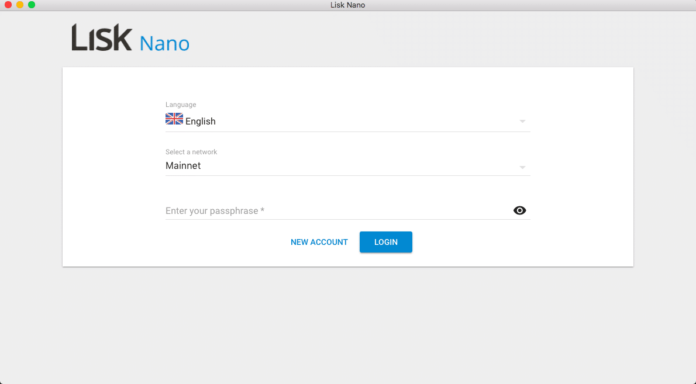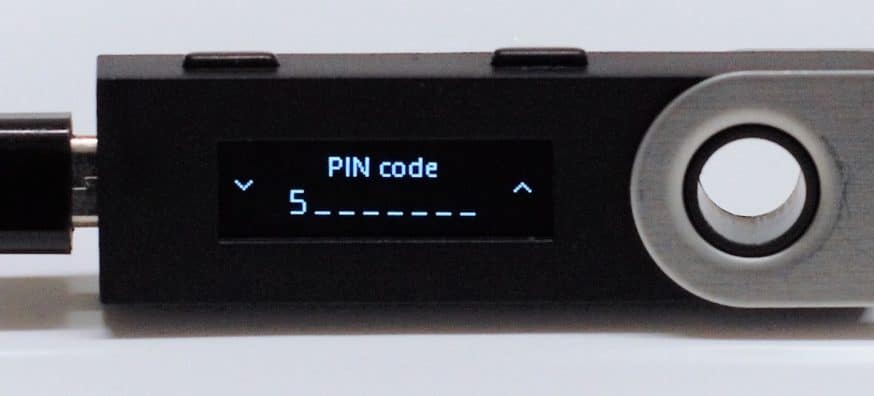
Blockchain technology has come a long way since the early days of Bitcoin dark web transactions. We now have specific blockchains for almost every single purpose and industry, and some of the world’s brightest innovators are entering the field. With all of this innovation, though, we’ve yet to see cryptocurrency hold a significant role in the day-to-day life of most people.
The reason? Poor usability. Blockchain technology brings an unmatched level of security and fund ownership. But because the space is still in its salad days, this usually comes at the expense of easy-to-use products. And, for most people, that trade-off isn’t worth it.
Let’s look at some of the biggest usability issues the industry is currently facing and how we may be able to solve them.
Keys, Seeds, and Even More Keys
There are a lot of complex strings you need to store in order to keep your cryptocurrency safe and sound. You’ve got:
- public keys to receive funds and look up balances,
- private keys to access funds and make transactions, and
- recovery seeds as a form of back-up.
Oftentimes, you need your private key or recovery seed just to access your wallet. If you’re used to the classic username and password format of traditional online banking, these new criteria can be intimidating.
The Lisk passphrase consists of 12 random words. Not the easiest to remember.
As if you didn’t have enough to remember, many coins also have their own wallets with a unique set of keys and seeds. So, if you thought storing 3 phrases was tough, well, let’s just say it doesn’t get easier.
One Key to Rule Them All
There are a few different approaches that companies are taking to address this issue:
Some hardware wallets such as the Ledger Nano S enable you to enter a pin code to access your cryptocurrency. This doesn’t help if you lose your physical wallet or forget your pin, though. To regain access, you still need to enter a 24-word recovery seed. A step in the right direction but still problematic.

With the Edge wallet, you not only log in using a standard username and password but can also back up your account with the same information. You’re also able to sign in via pin code or touch ID on your mobile phone.
This may seem convenient, but it poses a security risk. Usernames and passwords are notoriously easy to guess. And, re-using login credentials from another account means that a data breach in one could cause your funds to disappear in the other.
There’s always a give and take when balancing security with simplicity. However, sacrificing some security in the short-term could be a necessary evil to provide the population with a product that’s intuitive enough to make the switch worthwhile.
“Did I Send That Right?”
If you’ve ever attempted to make a cryptocurrency transaction, you know that it’s a process all too often filled with anxiety as you wait to see your funds clear. When each transaction is recorded permanently on an immutable blockchain, even small mistakes can be detrimental.
“Did I enter the destination address correctly? Am I sending the right type of cryptocurrency? Why is my transaction frozen after two confirmations?” The worrisome questions pile on and on.
In order to get significant adoption, this process needs to improve. Your typical, everyday Joe doesn’t want to triple check that he correctly entered “1A1zP1eP5QGefi2DMPTfTL5SLmv7DivfNa” just to send a couple of satoshis to a friend. Compare this to an app like Venmo, where all you need is a username to send money, and you really start to see how difficult cryptocurrency transactions can be.
Reducing the Margin for Error
Some large-scale projects are already addressing these issues. Ethereum has a proposal for ERC223 tokens to replace ERC20 as the network standard. This proposal would prevent you from losing your funds if you attempt to send them to a non-ERC223 smart contract, solving a multi-million dollar issue of locked funds.
Other cryptocurrency projects are aiming to tie public addresses to more user-friendly information such as an email, username, or phone number. Banano Coin, the Nano community’s somewhat serious running gag, goes so far as to link public keys with cartoon monKeys.
Once again, though, this has its costs. A public key’s random letters and numbers give you a layer of anonymity that disappears when you connect it to personal information.
Tech-Inspired User Experience (UX)
Most computer programmers aren’t designers by nature, and it shows. Although the underlying technology is the important part of a blockchain product, the lack of visual appeal loses a lot of users from the get-go. As with most great consumer-facing tech products, the user experience needs to be front of mind.
Many high-value blockchain projects have poorly functioning landing pages and wallets that look something akin to a command line. This is fine for the tech-savvy. If they don’t upgrade these interfaces to be at least on-par with the traditional platforms out there, though, they’ve got no shot at adoption beyond that group.
Even decentralized apps (dapps) with solid designs still have issues. Many of them need you to access a third-party wallet, like MetaMask, to use their services. MetaMask is a great product. But, no one outside of the crypto bubble is going to work through the process of downloading it and transferring Ether to use even the most well-designed dapp.
Time Heals All Wounds Usability Issues
Some positive news. With blockchain technology starting to gain some traction this past year, teams are finally beginning to up their design game. CoinTracking and Augur recently updated their look and feel while IOTA just unveiled a new, and much more intuitive, wallet.
The blockchain space is fresh and was created by a bunch of technologists – not designers. It’s only a matter of time, though, before great usability takes a foothold in what’s already a revolutionary piece of technology.
The post Solving Blockchain’s Biggest Usability Issues appeared first on CoinCentral.

Coincentral.com is author of this content, TheBitcoinNews.com is is not responsible for the content of external sites.
Our Social Networks: Facebook Instagram Pinterest Reddit Telegram Twitter Youtube










